| The follies were built by John (“Mad Jack”) Fuller, who was Squire of Brightling in the late 18th and early 19th century. As well as fostering an aura of eccentricity, Fuller was a philanthropist, member of parliament, patron of the arts and sciences, plantation owner, vocal supporter slavery and noted drunk. After parking in Brightling, the Tower is our first stop, just a short way over the fields and between the hedges. A sweeping view opens up as we walk, with the dark green Netherfield Woods running down to the bright blue mirror of Darwell Reservoir and the Rother valley beyond. Fuller is rumoured to have built the tower to spy on Bodiam Castle, which he bought in 1828, but while I climb the wobbly ladder at the top of the tower to look out the window, I have not brought my binoculars to test this theory. Back into the fields, it’s possible to see the next two follies: the round Temple on a low green hill and the thin triangle of the Sugarloaf, which could almost be the spire of a church on the horizon. The Temple lies at the centre of our circular walk, but after heading down past the Ox Lodge sign, over the duck ponds and up past the barn, we’re as close as we can get. Did Fuller host wild gambling parties here? Rumours abound, but we may never know for sure! We slither our way down the fields and through the ankle-deep mud in the woodland making quite a racket, which might explain why our wildlife tally boasts only a few curious sheep and one robin. Next stop: the Sugarloaf and a flask of tea. This folly was supposedly built when Fuller made a drunken bet that he could see the spire of the neighbouring church from his window. When this proved untrue, he quickly ordered the Sugarloaf built on this spot to win the wager. Apparently, the folly was inhabited until the 1930s, and we can see where the beams for the second floor would have been set into the walls. After all that mud, we welcome a bit of road walking. The road runs along a long stone wall, which Fuller commissioned after the Naploeonic wars at a time of high unemployment, ensuring the livelihood of many locals. We spot the Observatory, but decide against the detour for a closer look - we subsequently also miss out on seeing the Needle. However, by all accounts the Observatory never worked particularly well, and the Needle is a fairly plain obelisk, so we don’t regret it. Instead, we head back into the woods and pick our way along a permissive path until we emerge into a field and find ourselves above the temple on the opposite side to before. In the distance, the sea glinting in the low winter sun. Behind us is the first folly Fuller built: a gothic Summerhouse. The view is spectacular, with the Temple below us and the sea in the distance, glinting in the low winter sun. We follow a horse ride through the woods to Fuller’s house, then step through a Secret Garden-esque door into the churchyard. Fuller’s final resting place, built 20 years before he died, is known, for reasons that soon become obvious, as the Pyramid. Two centuries later, his legacy is as remarkable and ostentatious as ever. Unfortunately, there's no pub in Brightling, but the Netherfield Arms, only a short drive away, is a cosy and exceptionally friendly spot for lunch. |
| A shorter version of this article first appeared as "Walking around Fullers' follies in Brightling" in the Battle Observer, Friday 19 December 2014, p32. |
| ||
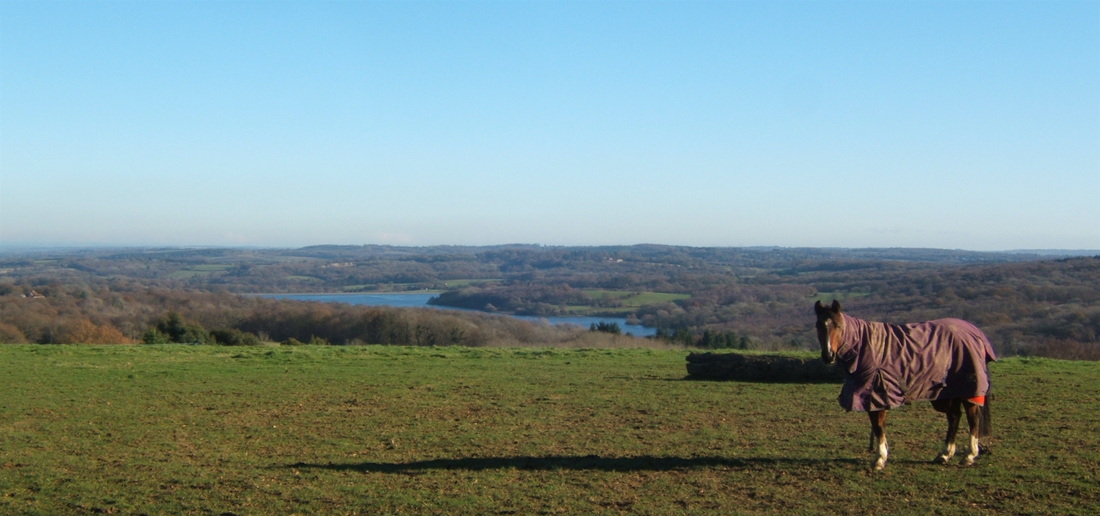
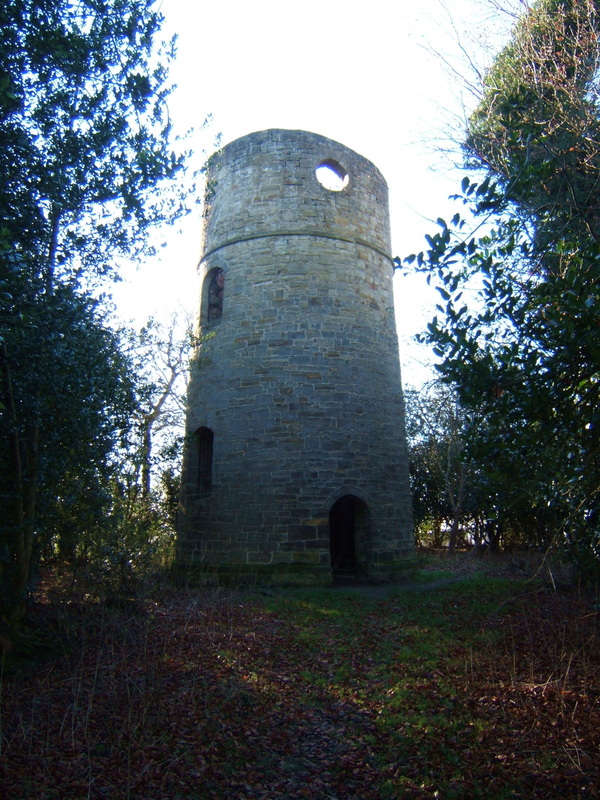
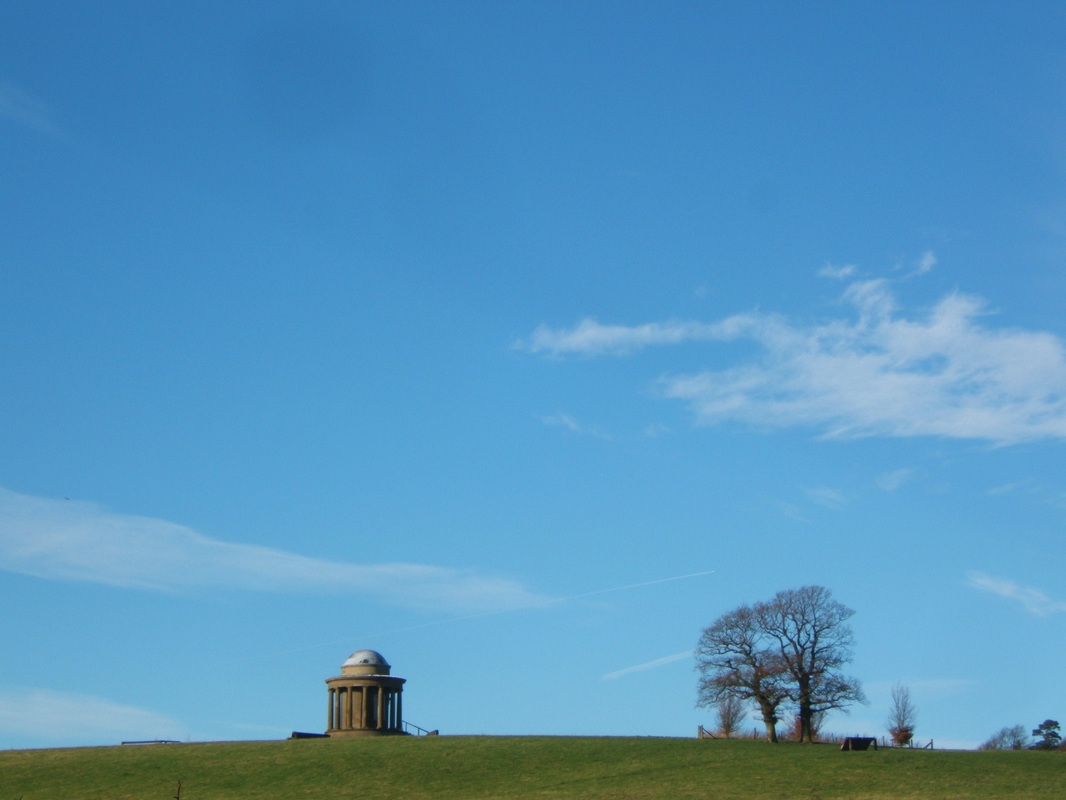
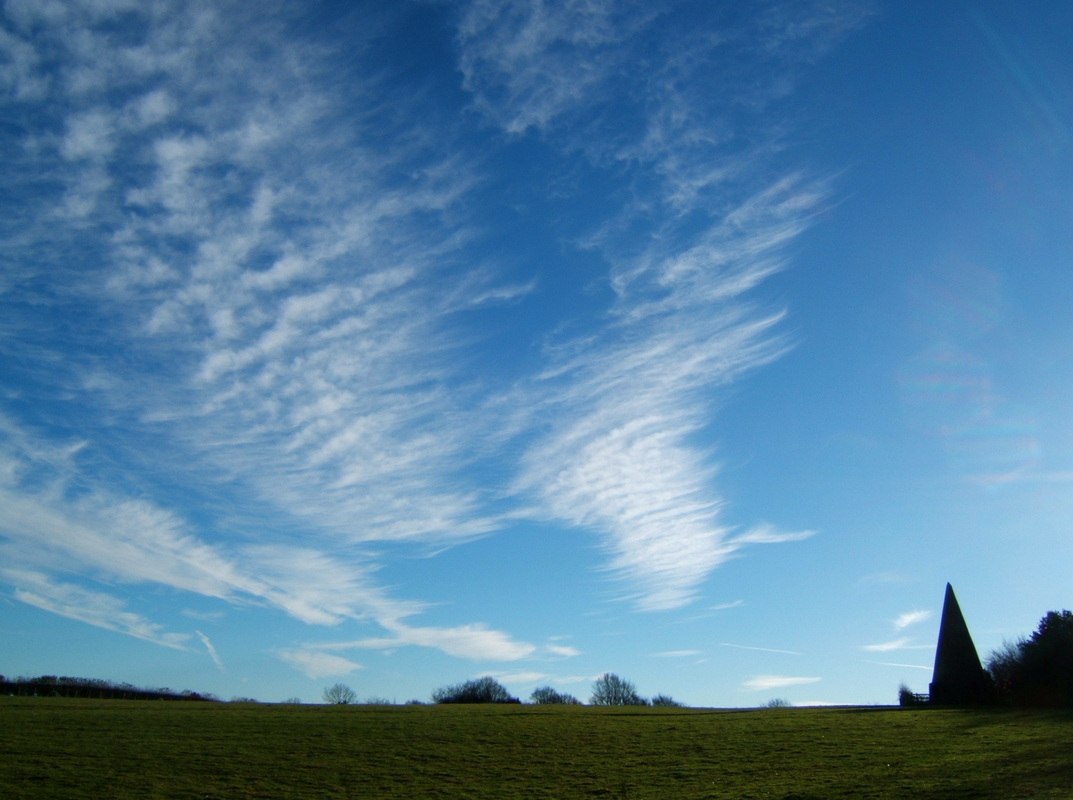
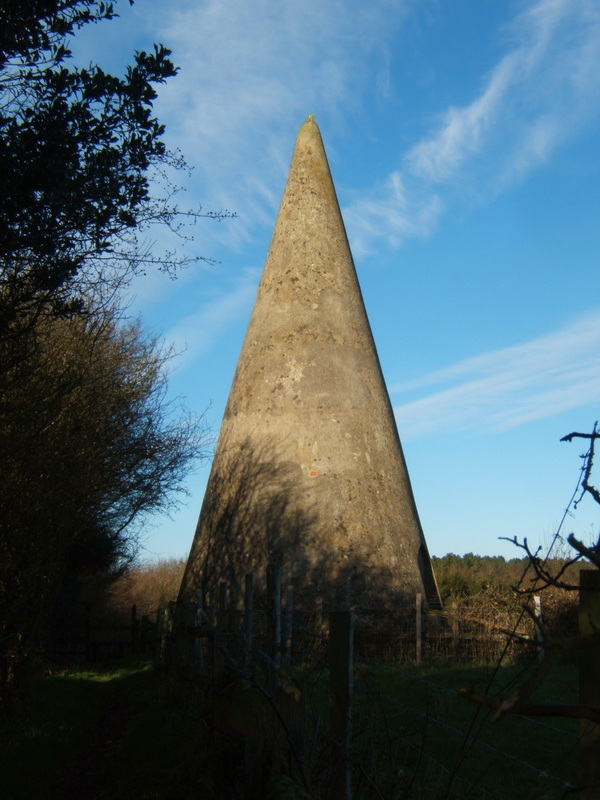
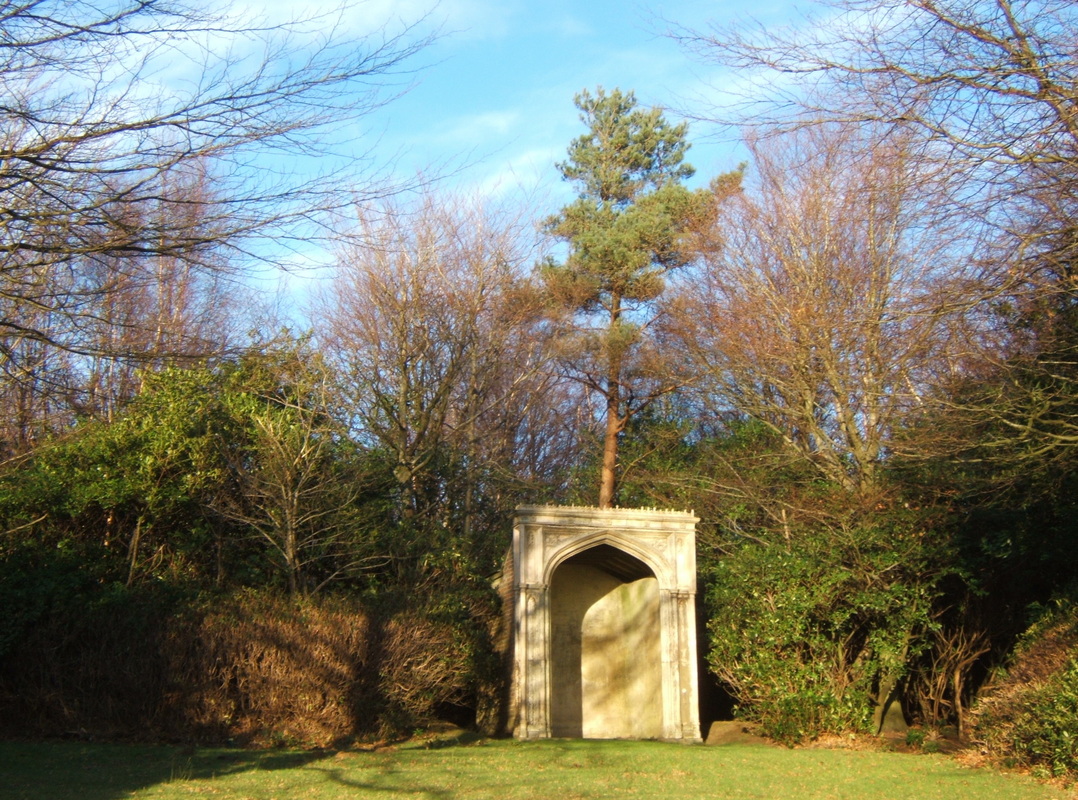
 RSS Feed
RSS Feed
